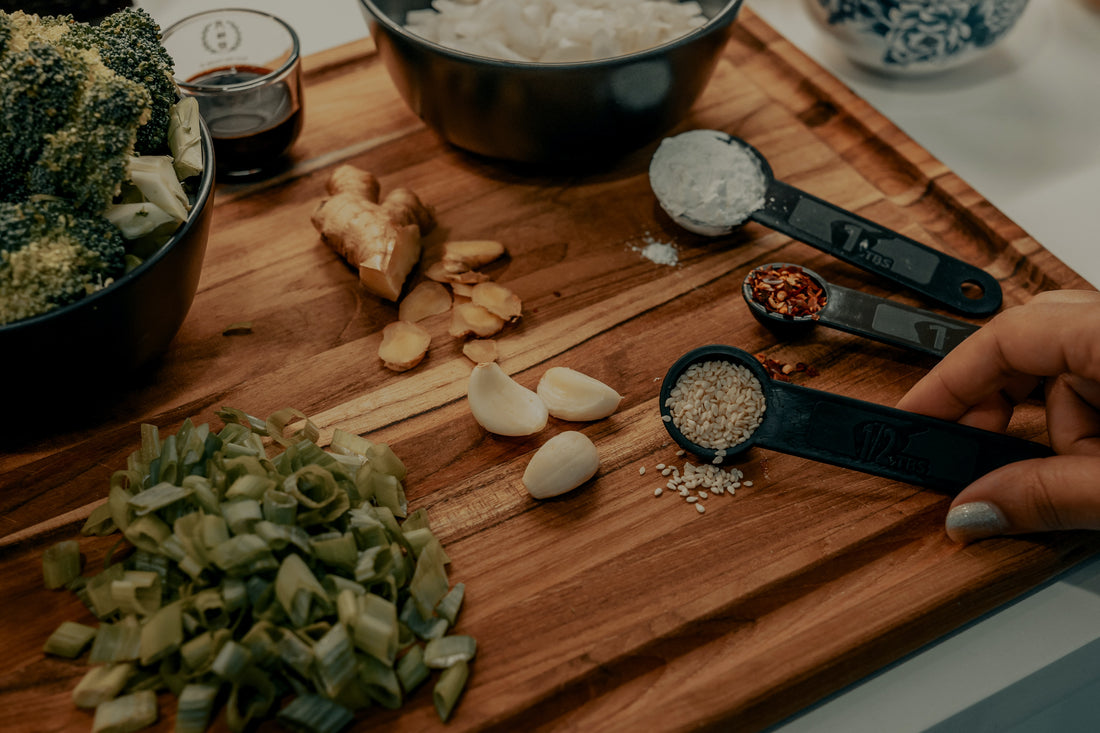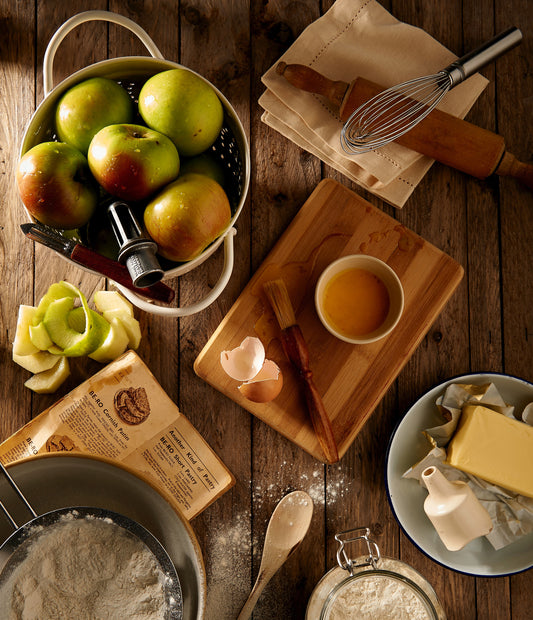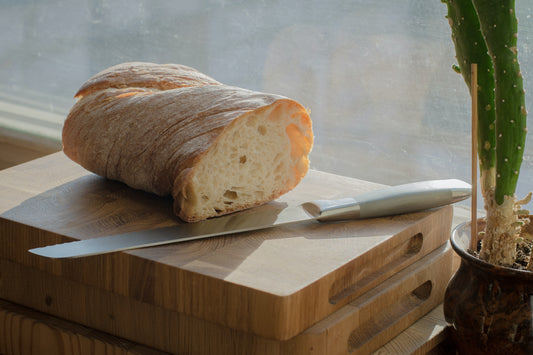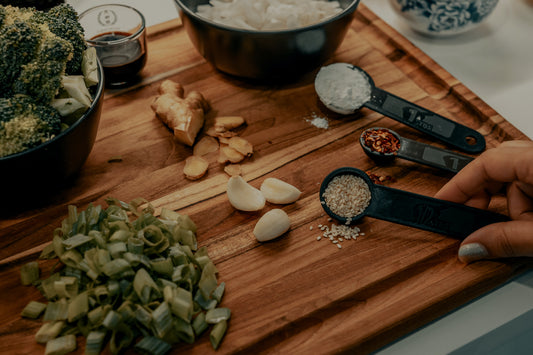The Art of Choosing the Right Wood for Your Cutting Board

Share
Photo by Clay Banks on Unsplash
A cutting board is an essential tool in every kitchen, providing a stable and hygienic surface for chopping, slicing, and dicing. When it comes to selecting the perfect cutting board, one of the most crucial considerations is the type of wood used. Each wood variety possesses unique characteristics that can significantly impact its performance and longevity. In this blog, we will explore the different types of wood used in cutting boards, their distinct traits, and how to choose the best wood for your specific needs and preferences.
- Hardwoods vs. Softwoods:
The first step in choosing the right wood for your cutting board is understanding the difference between hardwoods and softwoods. Hardwoods, such as maple, walnut, cherry, and oak, are denser and more durable. They are less likely to show deep knife marks and are resistant to moisture, making them an excellent choice for cutting boards. Softwoods, like pine and cedar, are less dense and more prone to scratches and damage, making them less ideal for cutting boards.
- Popular Wood Types for Cutting Boards:
a) Maple: Maple is a classic choice for cutting boards due to its dense grain structure and resistance to bacteria. It is sturdy, durable, and won't dull your knives easily. Additionally, its light color and smooth surface make it visually appealing in any kitchen.
b) Walnut: Walnut is known for its deep, rich color and stunning grain patterns. While not as hard as maple, it is still a durable and aesthetically pleasing option for cutting boards. However, it's essential to note that the dark color of walnut might make scratches and cut marks more noticeable.
c) Cherry: Cherry wood has a warm, reddish-brown hue that darkens with age, adding a touch of elegance to your kitchen. Although slightly softer than maple, cherry cutting boards are still quite durable. They require regular maintenance to keep them looking their best.
d) Bamboo: Bamboo is a sustainable and eco-friendly choice for cutting boards. It is a grass rather than wood, but it is harder and more durable than many hardwoods. Bamboo cutting boards are lightweight, easy to maintain, and have natural antimicrobial properties.
e) Teak: Teak is highly prized for its water resistance and natural oils that make it an excellent choice for cutting boards. Its striking appearance, with golden-brown hues and darker streaks, adds a touch of sophistication to any kitchen.
- Considerations for Choosing the Right Wood:
a) Cutting Intensity: If you plan to use your cutting board heavily, such as in a professional kitchen, consider a harder wood like maple or bamboo to withstand the constant knife pressure and maintain its integrity.
b) Maintenance: Some woods require more maintenance than others. For instance, walnut and cherry may need periodic oiling to prevent drying out and maintain their luster.
c) Aesthetics: The appearance of your cutting board can also play a significant role in your decision. If you prefer a lighter look, go for maple, while those who appreciate darker shades may opt for walnut or teak.
d) Sustainability: If environmental concerns are essential to you, consider choosing bamboo, as it is one of the most sustainable options available.
e) Budget: The cost of different wood types can vary. Maple and bamboo are often more budget-friendly choices, while rarer woods like teak may be more expensive.
Conclusion:
Choosing the right wood for your cutting board is a balance of functionality, aesthetics, and personal preferences. Hardwood varieties like maple and walnut are popular for their durability and visual appeal, while bamboo offers sustainability and antimicrobial properties. Remember to consider your cutting intensity, maintenance preferences, and budget while making your decision. With proper care, a well-chosen wood cutting board can become a cherished kitchen companion, adding both practicality and beauty to your culinary experiences.



